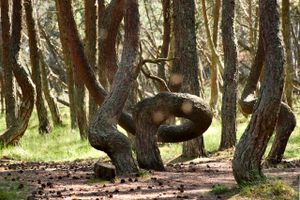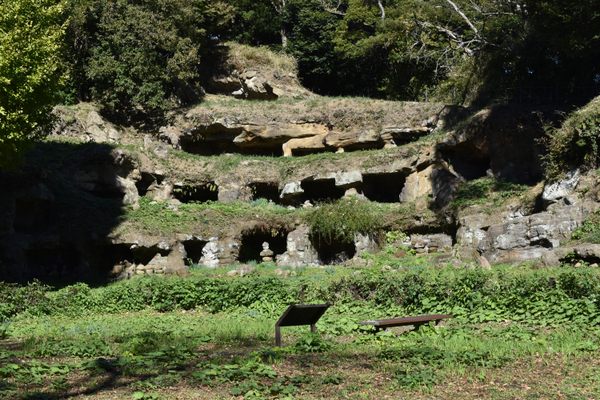About
According to historical records, these grave markers known as krikštaia appeared on Lithuanian graves at the beginning of the 16th century. They were placed at the foot of graves and the stick had to reach the grave bed. It was believed that it helped the deceased to stand when the resurrection commenced.
The wood and style of these grave markers differ for males and females. For men, male tree species were chosen such as oak, ash, and birch. For women, the stick was made from linden, poplar, or spruce. Men’s grave markers were decorated with carved horse heads, but women’s with birds. Later, starting from the 18th century, other designs such as plants, hearts, and different symbols were used.
The practice of krikštai disappeared in the 19th century when crosses became more popular markers. This tradition has since been revived in some regions.
Related Tags
Know Before You Go
The Nida Evangelic Church cemetery has the most extensive collection of these old grave markers. You might see some in other smaller village cemeteries in Kura peninsula as well.
Community Contributors
Added By
Published
December 7, 2022





























